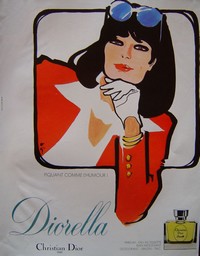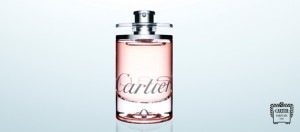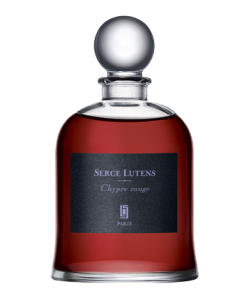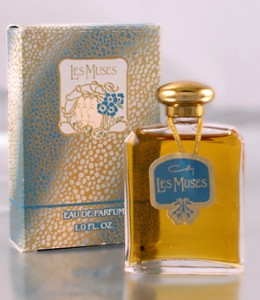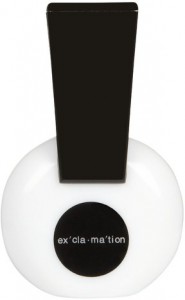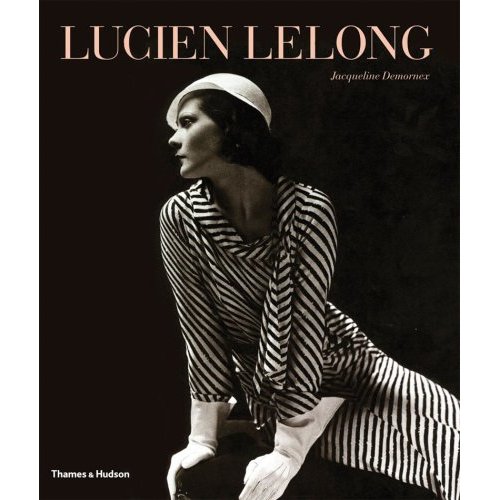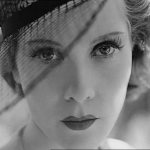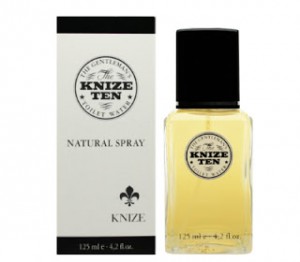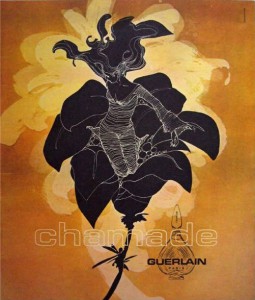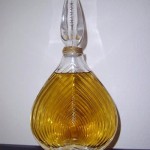Coco Noir – The Unloved Chanel
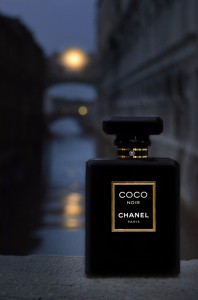
I must start this post with a disclaimer: I adore all things Chanel to a fault. In fact, my friends joke that I must be Gabrielle Bonheur reincarnate, so great is my passion for Chanel products, history, and tidbits. With perhaps the exception of a couple of male fragrance flankers, the truth remains that Chanel reigns supreme.
That being said, I was surprised to find so many bloggers disappointed (almost to the point of distress), with Chanel’s latest release, Coco Noir. While I understand some of their frustrations given the pre-release marketing descriptions of this product as the ultimate in Byzantine black magic, my interpretation of this fragrance was radically different.
Finding that it is always best to start at the beginning, let’s get one thing straight. Coco Noir is not, and shall never be, Coco. Coco was born in 1984 and as such, embodied all of the characteristics of that era. Noted for its sillage which often entered a room before its wearer did, Coco reflected the larger than life ideals of the 1980s. While most categorize this era as one of opulence, I would argue that another defining factor of this era was a certain innocence and hopefulness. The 1980s saw sweeping social and economic changes as a result of newly industrializing economies, creating a prevailing sense of unstoppable wealth and prosperity. Similar to other fragrances born after times of strife, the focus was on celebration and expression. This was a time when we were just being introduced to life-changing inventions such as the cell phone and Walkman, and we were exhilarated. Little did we know how these devices, then in their infancy stages, would propel us into a super-fast moving and “connected” society which would ironically erode all the time they attempted to save. The 1980s was a time characterized by luxurious enjoyment and contemplation, as opposed to the more immediate gratification desires of our current era. Perfume could take its time unfolding and wafting its charms as opposed to today’s mandate: “Need. Scent. Now”.
The majority of the reviews I read bemoaned the fact that Coco Noir was not Coco, instead of celebrating the fact that it was not Coco Mademoiselle. While Coco Noir does nod in the direction of its candy-coated sister born in 2001, I saw Coco Noir as Chanel’s attempt to claw back the territory away from the sugary lollipop flower fruit-choulis that have come to dominate the landscape, and drag the consumer back to a place of complexity, even if by baby steps only.
While Coco Noir’s top notes of grapefruit and bergamot sparkle in typical Chanel fashion, the reference is more to the newer Chanel creations under the direction of Jacques Polge than either of his predecessors. This is no magical aldehydic veil a la Chanel 22. Contained within the Chanel heart of rose and jasmine are narcissus and rose geranium leaf, which lend the fragrance a subtle spicy quality, though far different from the warm clove heart of the original Coco. The effect of warmth is enhanced once the base notes of musk, tonka bean, sandalwood, and vanilla take over.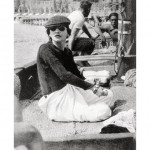
Present throughout is the patchouli. While I understand that it is challenging to disassociate this scent from its current popular and often warped interpretations, patchouli was historically regarded as an exotic fragrance, frequently utilized in opulent incenses. Here then is the reference to the original Coco, and to Chanel’s “Coromandel culture” as referenced by Mr. Polge. The reference to Coco is not literal, only figurative. One must read between the lines. While the longevity is superior to some of Chanel’s more recent releases, it does not possess the tenacity of Coco. It does stay with me through a workday, though by the afternoon I can be caught pressing my nose to my sleeve.
While Coco conveys the organic warmth and fluidity of caramel brown, Coco Noir embodies the spirit of black: defined, contained and discrete. Where Coco is a warm cashmere wrap over a sumptuous silk blouse pulled together with a thick gold necklace, Coco Noir is a well-tailored black velvet jacket. Coco Noir hovers close to the skin unlike its sisters, creating a very personal and intimate experience of warmth, precisely what I need on days when all of my “modern” inventions are driving me to distraction.
Oriental
Notes: grapefruit, bergamot, rose, jasmine, narcissus, rose geranium leaf, musk, tonka bean, sandalwood, and vanilla.
